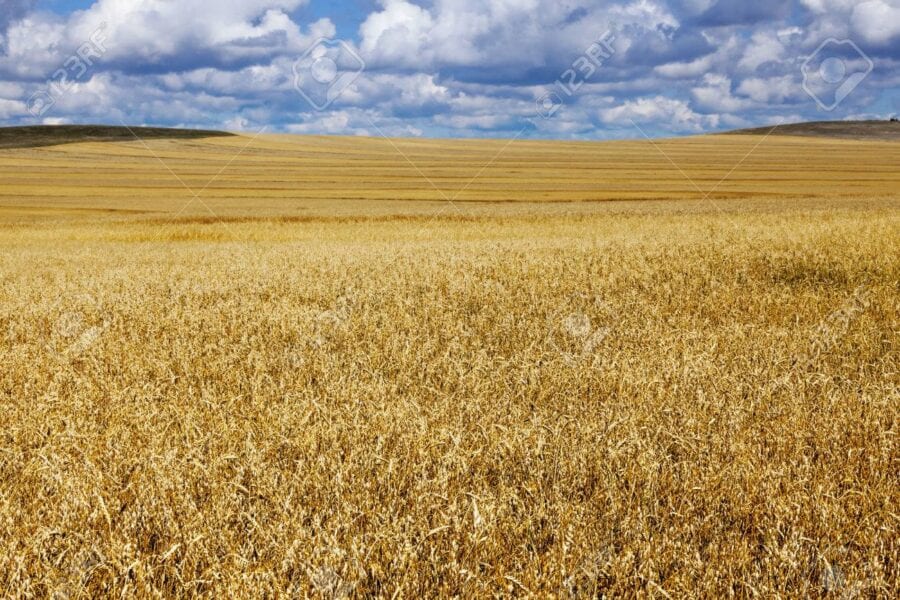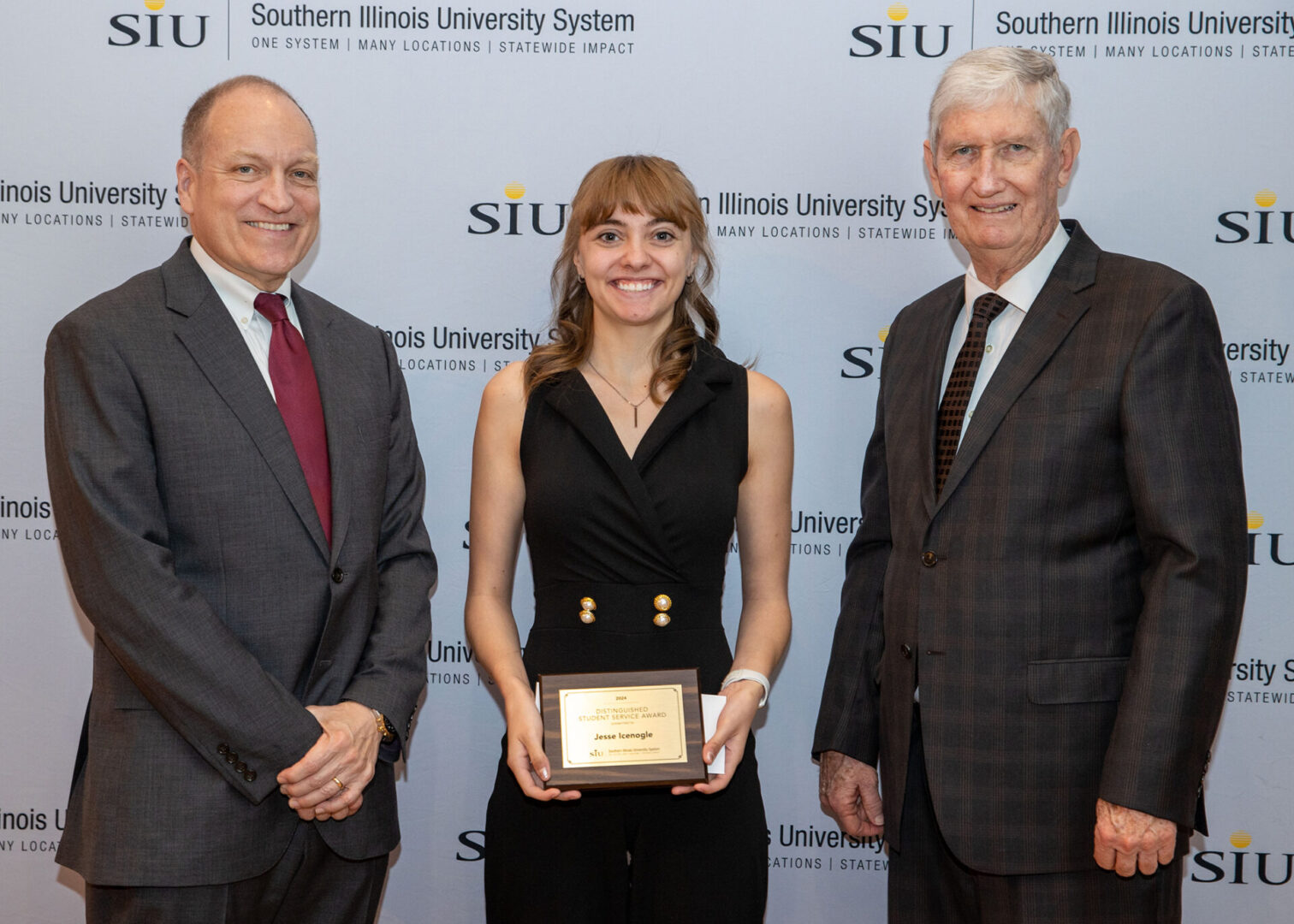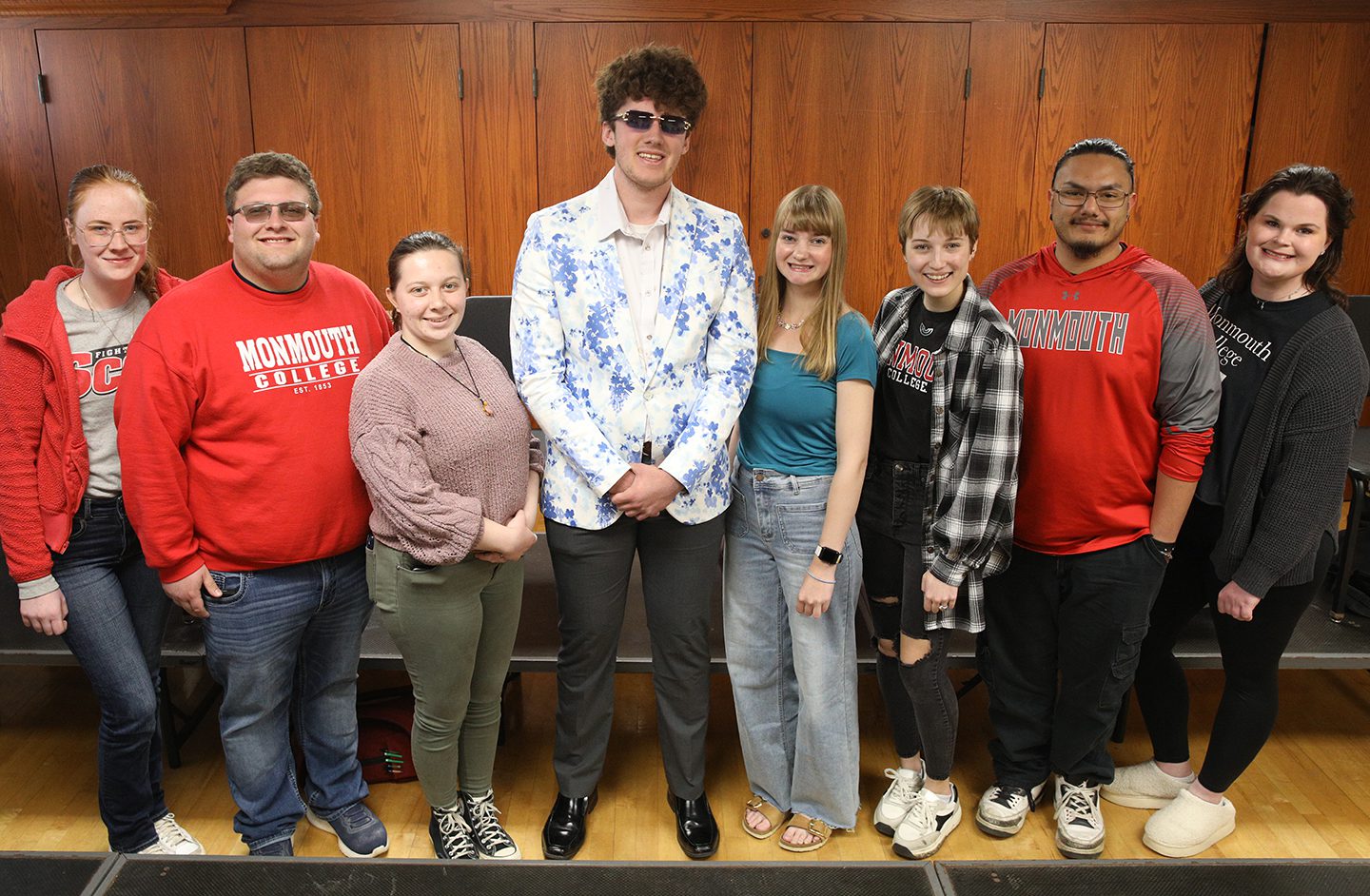1917 HEAT WAVE CAUSED FARMERS TO CUT OATS BY MOONLIGHT
In western Illinois, August is a time when most farmers can take a breather from field work, but that was not the case for many of their grandfathers, who in 1917 were busy harvesting oats in August.
With corn and soybeans dominating today’s field crops, it’s easy to forget how essential oats were to the agricultural economy a century ago. Before the age of tractors, horses and mules propelled most of the farm machinery, and they were fueled by oats—a gallon each, three times a day. Oats were high in protein and oat forage could be made into hay and silage.
Despite the growing presence of the automobile, by 1917 there were still 25 million horses and mules in the United States. That figure dropped to 4.5 million by 1959. It’s not surprising, then, that oat production in Illinois has also dropped precipitously. In 1917, 4.6 million acres in Illinois were planted in oats, yielding 239 million bushels. Last year, only 1.5 million bushels of oats were produced, on 35,000 acres.
On August 1, 1917, the Associated Press predicted that national oat production might top 1.5 billion bushels, compared to 64 million bushels today.
Why the references to 1917? Historically, it was a significant year, as it marked U.S. entry into World War I. But in Illinois, the summer of 1917 also produced record-breaking heat and that made oat harvesting in Illinois particularly miserable.
According to the Associated Press, July 31 was the hottest day of the year in Chicago, with street temperatures reaching well more than 100 degrees. Ten men and two women died of the heat and “Suffering was particularly keen in the crowded ghetto and foreign settlements of the west side, where persons are crowded into poorly ventilated tenements.”
How the farmers of 1917 would have envied their grandchildren’s air-conditioned tractor cabs!
On August 1, the Monmouth Atlas reported that the previous night, hundreds of acres of oats in Warren County were cut after sundown, as farmers took advantage of cool air and bright moonlight. The night before, farmers were cutting oats until nearly sunrise and one farmer stated that more oats were cut during those two nights than during daylight in the entire week. He added that no man or horse could do a day’s work without taking chances of heat prostration.
The Atlas noted that many teams were taken from the fields before noon and allowed to stand in the shade until the sun began to set. As the moon rose, they were hitched to the binders, and the cutting of oats resumed.
Farmers said that it was easy to work at night, as the cool south breeze acted as a stimulant for both man and beast.
One farm implement that was not run by horses in 1917 was the thresher—a steam-powered tractor that separated the grain from the stalks. The hot weather caused grain to ripen more rapidly than expected, causing farmers to have to get in line waiting for the thresher outfits to arrive.
The temperature in the oat fields the first week in August was estimated to be more than 100 in the shade. Workers claimed that the heat rose from the ground like a hot air furnace, forcing them to remove horses from the field after only a short time. Farmers who stayed in the fields all afternoon changed horses many times throughout the day.
Rather than complaining, however, most farmers welcomed the heat for its effect on growing the corn crop. According to the Atlas, “During the last few days the grain has been popping out of the ground and it is almost possible to notice the difference from day to day.”
For Maple City Memories, I’m Jeff Rankin.














